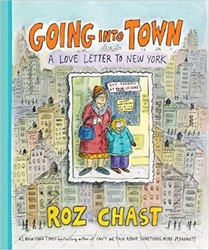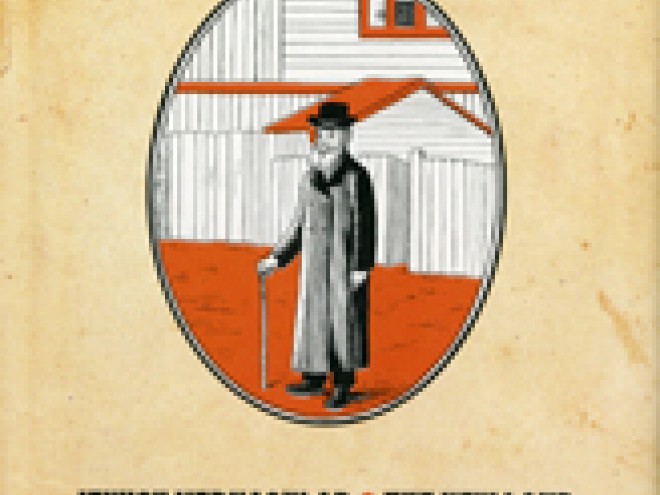By
– August 24, 2011
“There is no conspiracy,” declares NPR’s Brooke Gladstone in the introduction to her entertaining, informative graphic book about the media. But as she recounts, the history of mass media is rife with conspiracy theories and with demands that the power of the media be curbed. The public doesn’t trust journalists, and Gladstone explains why.
Mostly the media want to be popular. News outlets seize on stories that are dramatic or exceptional or visually striking because the public prefers them. Especially in wartime, journalists may frame information according to a widely held narrative, or distort facts to appear balanced, in order to gain approval. When public opinion favored a particular consensus described as “objectivity” during the Cold War, the media complied then too.
In one chapter Gladstone reprises a brilliant segment from her On the Media show last year about bogus statistics. NBC claimed in 2005 that “50,000 predators are online at any given moment,” attributing the figure to “law enforcement officials.” In the early 1980’s it was reported that 50,000 children were abducted by strangers each year; the actual number was 200 – 300. A few years later, satanic cults were supposedly responsible for 50,000 human sacrifices (!) a year, although the total number of all murders in the United States was 20,000. The figure of 50,000 was repeated not because it was correct but because it seemed plausible — in other words, it fit the audience’s expectations. As Gladstone concludes, “we get the media we deserve.”
The graphic-nonfiction format of The Influencing Machine perfectly matches the tone of the radio program, conveying serious information with clarity and wit. The inventive and expressive illustrator, Josh Neufeld, places a Brooke avatar in almost every story, a reporter in superhero boots who manages to be on the scene through all of history. This clever, common-sense chronicle and analysis should be read by anybody with hopes or fears about the media and their role in public life.
Mostly the media want to be popular. News outlets seize on stories that are dramatic or exceptional or visually striking because the public prefers them. Especially in wartime, journalists may frame information according to a widely held narrative, or distort facts to appear balanced, in order to gain approval. When public opinion favored a particular consensus described as “objectivity” during the Cold War, the media complied then too.
In one chapter Gladstone reprises a brilliant segment from her On the Media show last year about bogus statistics. NBC claimed in 2005 that “50,000 predators are online at any given moment,” attributing the figure to “law enforcement officials.” In the early 1980’s it was reported that 50,000 children were abducted by strangers each year; the actual number was 200 – 300. A few years later, satanic cults were supposedly responsible for 50,000 human sacrifices (!) a year, although the total number of all murders in the United States was 20,000. The figure of 50,000 was repeated not because it was correct but because it seemed plausible — in other words, it fit the audience’s expectations. As Gladstone concludes, “we get the media we deserve.”
The graphic-nonfiction format of The Influencing Machine perfectly matches the tone of the radio program, conveying serious information with clarity and wit. The inventive and expressive illustrator, Josh Neufeld, places a Brooke avatar in almost every story, a reporter in superhero boots who manages to be on the scene through all of history. This clever, common-sense chronicle and analysis should be read by anybody with hopes or fears about the media and their role in public life.
Book Trailer
Bob Goldfarb is President Emeritus of Jewish Creativity International.





